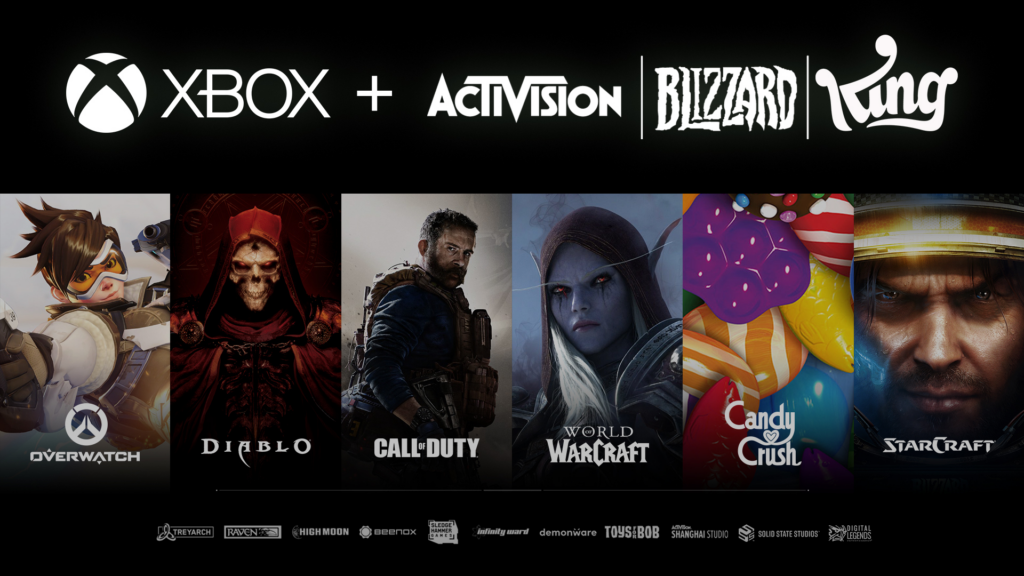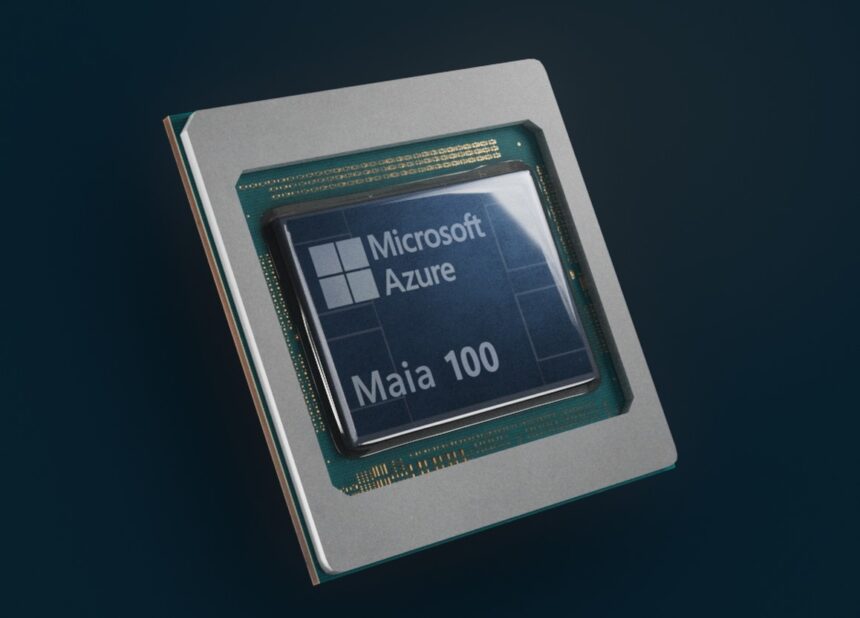Microsoft is advancing its AI bona fides by unveiling custom-built AI chips while also advancing gaming simulations powered by artificial intelligence. These developments aim to enhance cloud computing, optimize data center efficiency, and introduce a more intelligent gaming experience.
The technology giant is pushing boundaries with its in-house silicon to reduce reliance on NVIDIA GPUs. At the same time, it is developing advanced AI-driven gaming that promises more dynamic and adaptive experiences for players worldwide.
This dual approach—expanding both AI hardware and gaming AI applications—signals Microsoft’s aggressive move into a future where AI plays a central role in enterprise computing and entertainment.
What’s Happening & Why This Matters
Custom AI Chips
Microsoft is building its own AI processors to compete with NVIDIA and other AI hardware giants. The new in-house chips — Azure Maia 100 and Cobalt 100—are designed to optimize AI workloads, making cloud computing more efficient and reducing dependency on third-party GPU providers.
- Azure Maia 100: AI-optimized chip designed to accelerate large language models (LLMs) and deep learning applications.
- Cobalt 100: A general-purpose CPU built to improve data center performance, promising lower costs and higher energy efficiency.
These custom-built processors will help power Microsoft’s AI models, supporting services such as Copilot, OpenAI models, and Azure AI tools. By developing its chips, Microsoft reduces its reliance on NVIDIA, which has dominated the AI chip market with its high-performance GPUs.
AI in Gaming: Smarter, More Adaptive Play
Beyond enterprise AI, Microsoft is also focusing on gaming innovation. AI-driven simulations are changing the gaming landscape, with advanced algorithms creating more realistic behaviors, smarter opponents, and dynamic in-game worlds.
Some of the key gaming AI advancements include:
- AI-powered NPCs (Non-Playable Characters): Smarter, more responsive characters that adapt to player actions in real-time.
- Procedural AI Game Design: AI generates expansive game worlds, reducing the time required for manual game development.
- Realistic Physics and Environments: AI is being used to simulate natural movements, making gaming more immersive and visually stunning.
By leveraging AI in gaming, Microsoft aims to enhance its Xbox ecosystem and create dynamic experiences that keep players engaged and challenged.

Why This Move Is Crucial
Microsoft’s AI expansion is not just about technological advancements—it’s also a strategic move to secure its place in the AI market. The company is investing heavily in:
- Cloud AI Infrastructure: Strengthening Azure’s AI capabilities to stay competitive with Google and Amazon.
- AI Gaming Evolution: Using AI to develop smarter, more adaptive gaming systems for Xbox and PC.
- Cutting Dependence on NVIDIA: Microsoft’s in-house AI chips directly challenge NVIDIA’s dominance in AI computing.
This aggressive push into AI-driven hardware and gaming positions Microsoft as a major AI player while future-proofing its cloud and gaming businesses.
TF Summary: What’s Next?
Microsoft’s new AI chips and gaming AI advancements are reshaping the industry. The company is seizing self-reliance and innovation by developing custom hardware and pioneering AI in gaming. Expect faster, more powerful AI processing as Microsoft rolls out its own AI hardware across Azure data centers. Gaming will become increasingly intelligent, adaptive, and immersive, with AI-driven game mechanics pushing next-gen realism. Competition with NVIDIA and Google will intensify, especially as Microsoft expands AI capabilities across enterprise and entertainment sectors.
With AI at the core of its strategy, Microsoft is fully embracing a more powerful, AI-driven future. Whether cloud computing or gaming, the company ensures that AI plays a leading role in its corporate evolution.
— Text-to-Speech (TTS) provided by gspeech


